Continuing up along the valley floor, the Mercatorum Way then enters the municipality of Serina. The route avoids the provincial road, crossing river Serina just above Rosolo and climbing up the left bank on an old mule track immersed in woodland. After moving higher, the path leaves the woods in the outskirts of the hamlet of Bagnella, and then follows the asphalted municipal road until it enters the main town. At Serina, the low-altitude variant of the Mercatorum Way joins the high-altitude variant arriving from Trafficanti, before continuing towards the Crocetta Pass and Dossena.
Tracciato Storico
Itinerario escursionistico
Difficoltà: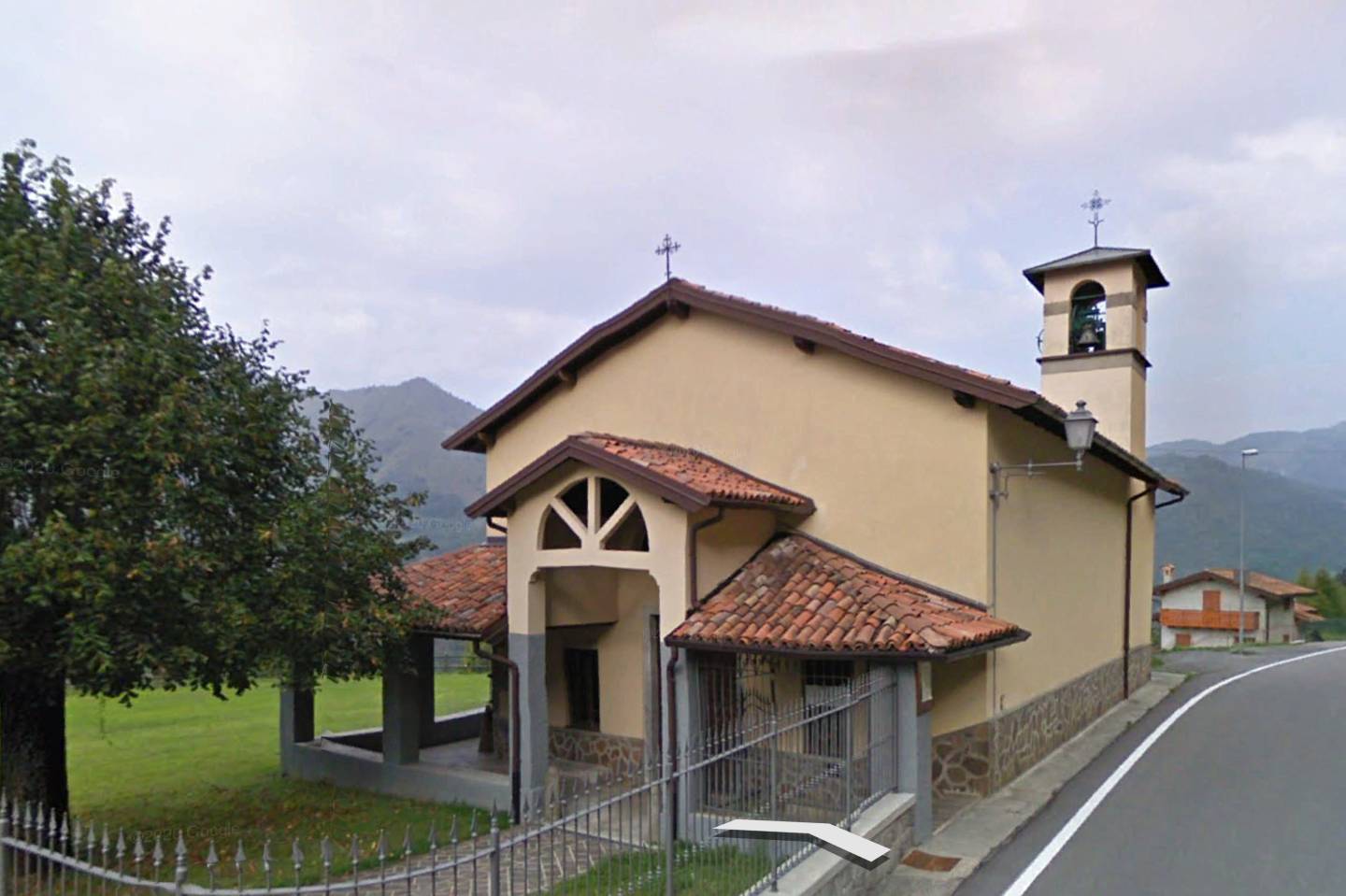
In ancient times, without the possibility of precise dates, it was known as “Casa Torre” and dedicated to the Divin Salvatore, Divine Saviour, before being subsequently re-titled to San Pantaleone. The building is surrounded by a portico. The single-bay interior has 18th-century wooden choir stalls and pulpit. On the altar there is a statue of the saint.
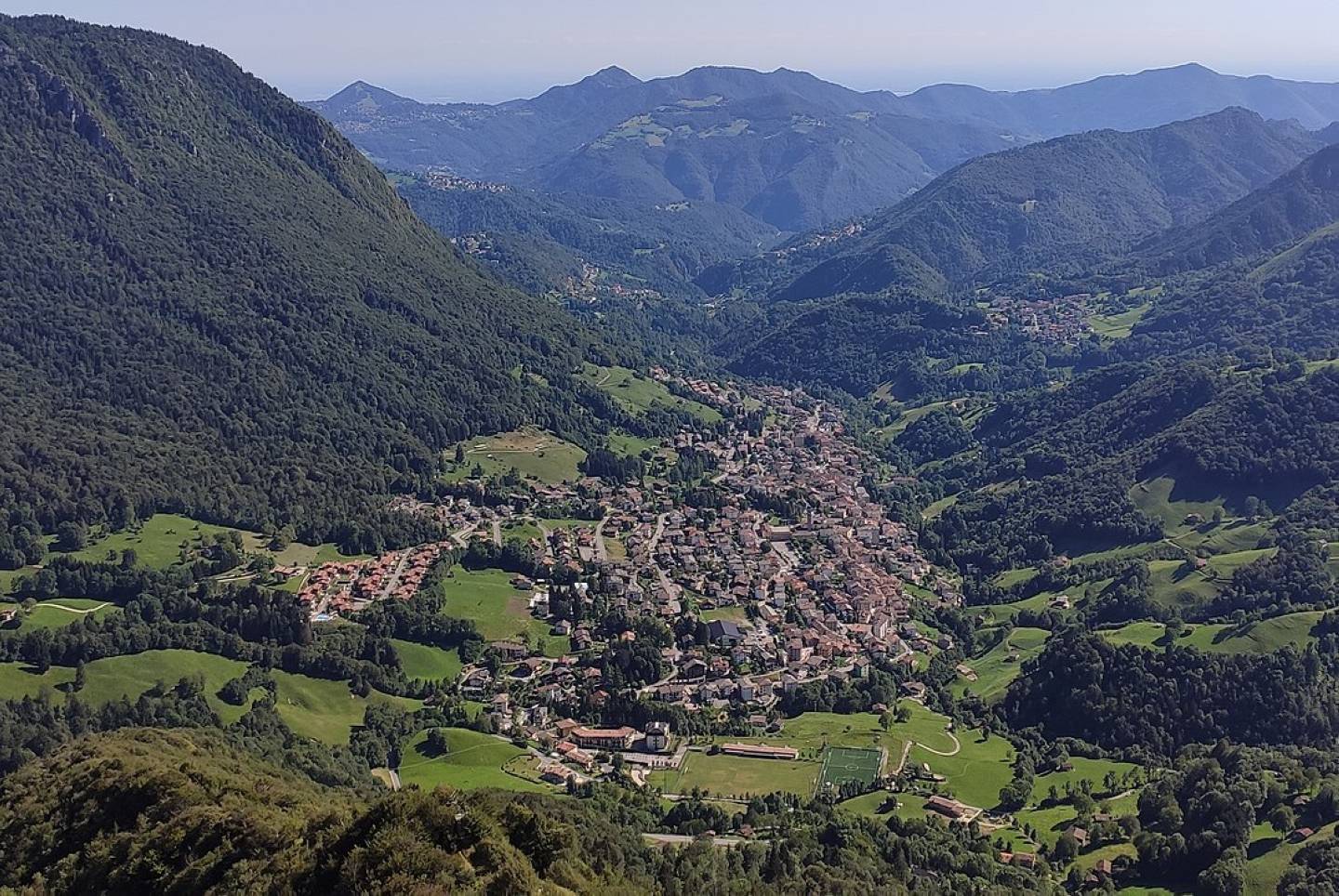
The longitudinal layout of the old centre, which stretches slightly uphill for a length of over a kilometre, enhances the street’s importance, originally determined by the dominant role of the Mercatorum Way. The sporadic development of additional buildings has given it its own identity in the form of a district: from south to north, the settlements encountered are Bosco, Maurizio, Meza Ca’, Piazza, Castello, Carrera and Valle.
The old centre is given a specifically “modern” imprint by the many villas, small and large, in late eclectic style with a degree of adherence to Art Nouveau. These were the most distinctive preliminary signs of the developing tourist activities for the Bergamo bourgeoisie.
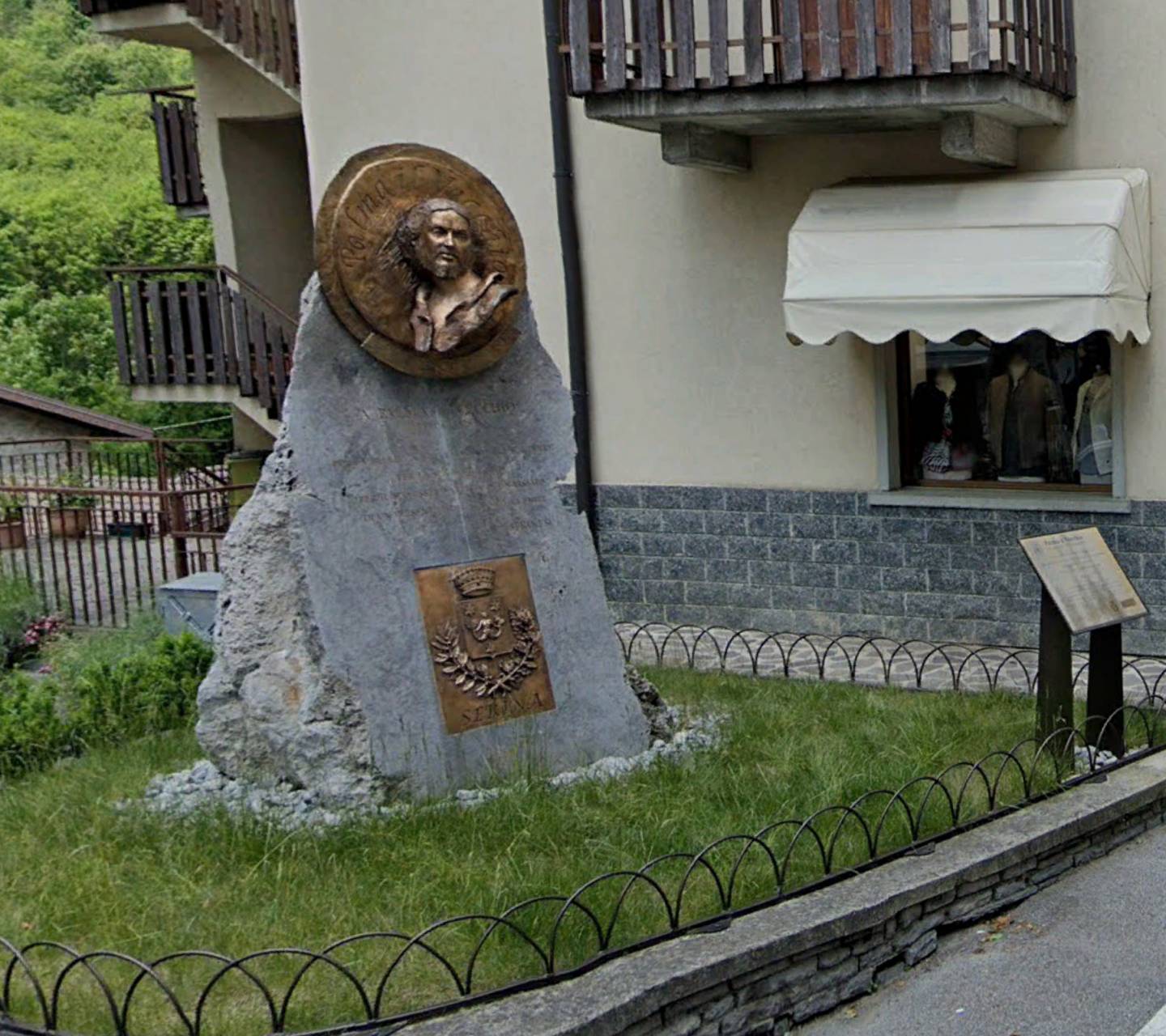
A modern sculptural installation created in 2015 by local artist Paolo Bonaldi. The famous painter was born in Serina. Some of his masterpieces can be seen in the Santissima Annunciata church.
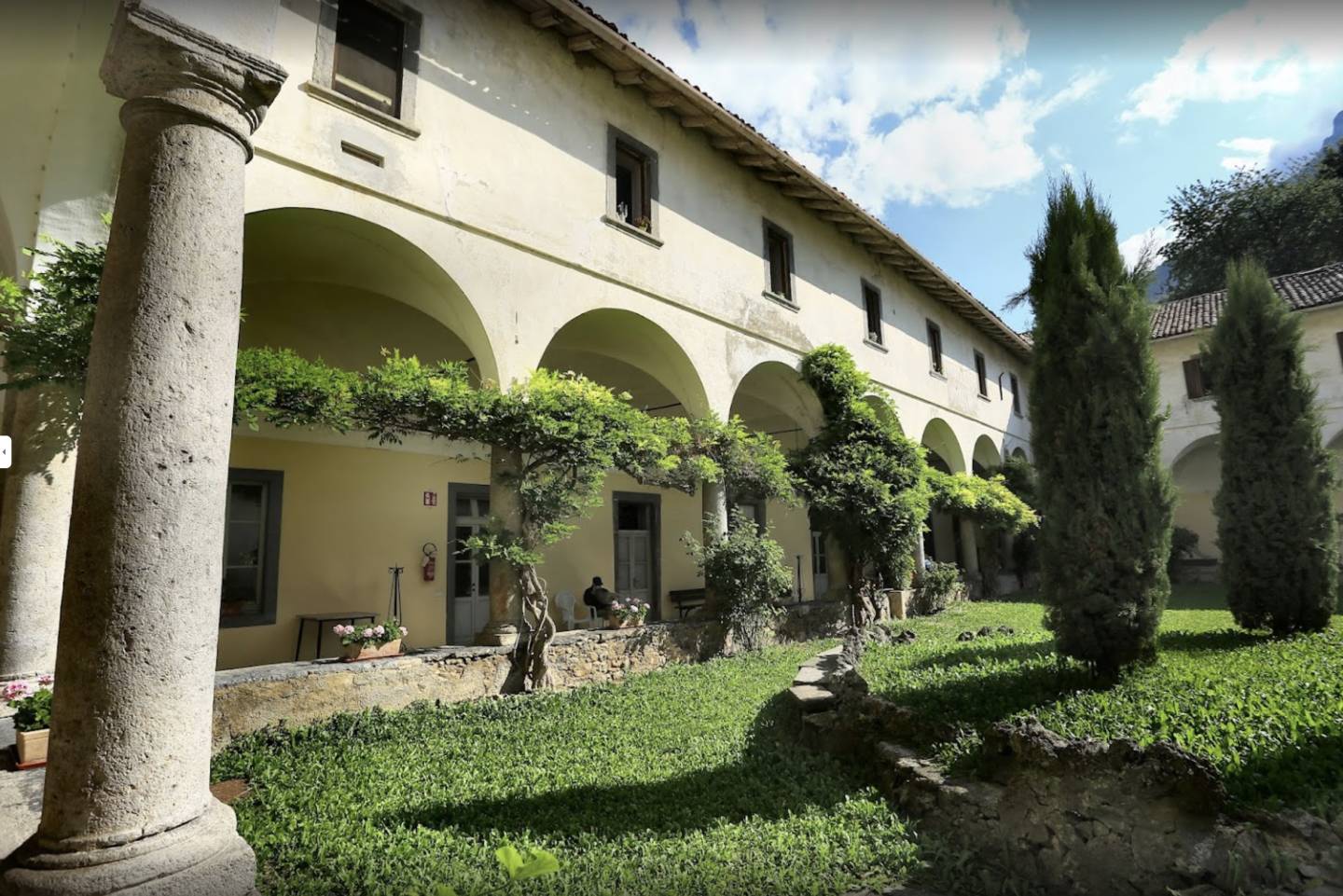
This was built from 1643 to 1675 following a donation by the Serina benefactor Giovanni Pietro Tiraboschi Bombello. His bequest led to the creation of this convent for cloistered Dominican nuns. Inside, there are two beautiful cloisters with porticoes. The adjoining church is dedicated to the Holy Trinity, as is the Convent.
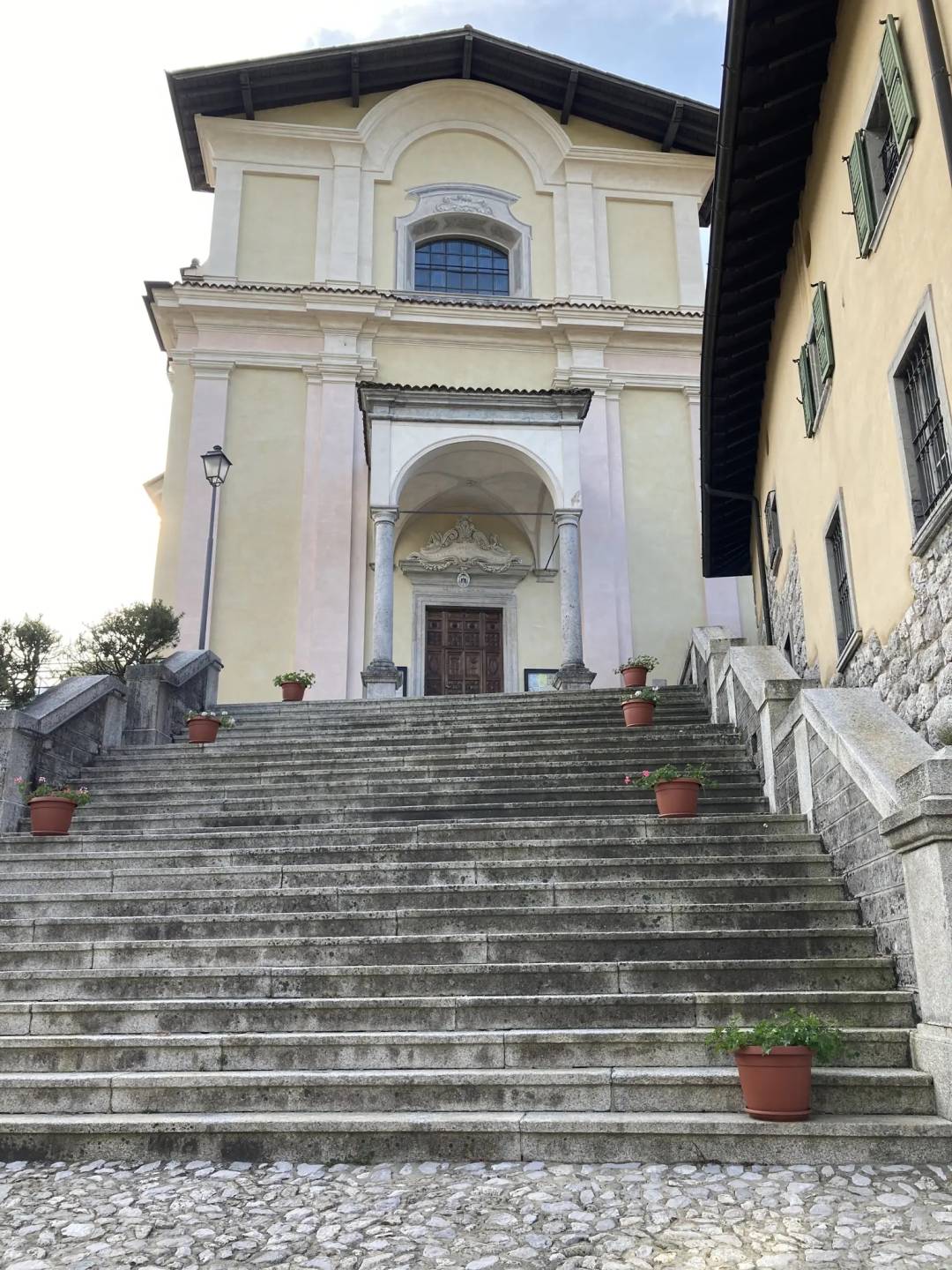
Giovanni Battista Caniana designed the church dedicated to Santa Maria Annunciata (Our Lady of the Annunciation), built between 1704 and 1744. It has a tall façade with two orders and it was built over an older 15th-century church, of which traces remain in the small cusped portico and portal.
The interior is crowned by an elegant dome and embellished with 18th-century stucco work and decorations by Eugenio and Muzio Camuzio. On the third altar to the left is the Risen Christ by Jacopo Palma il Vecchio (Palma the Elder), a great 16th-century painter from Serina. On the first altar to the right, a 17th-century painting by Maffeo Verona depicts the martyrdom of Saint Ursula and her female companions. In the choir and on the counter façade, there are frescoes by Giovan Battista Rodriguez, depicting the Adoration of the Shepherds and the Magi and Stories from the Life of Jesus and Mary. The fine carvings in the choir and high altar have been attributed to Giovan Battista Caniana. The pulpit and choir stalls were also designed by Caniana. The church has an excellent organ, constructed by Andrea Luigi and Giuseppe II Serassi, a family of organ builders from Lombardy and one of the most famous and important in Italy. The organ, with about two thousand pipes and some unusual acoustic and constructional details, was built in 1791, re-using the pipes and other components from the previous 17th-century Rogantino organ.
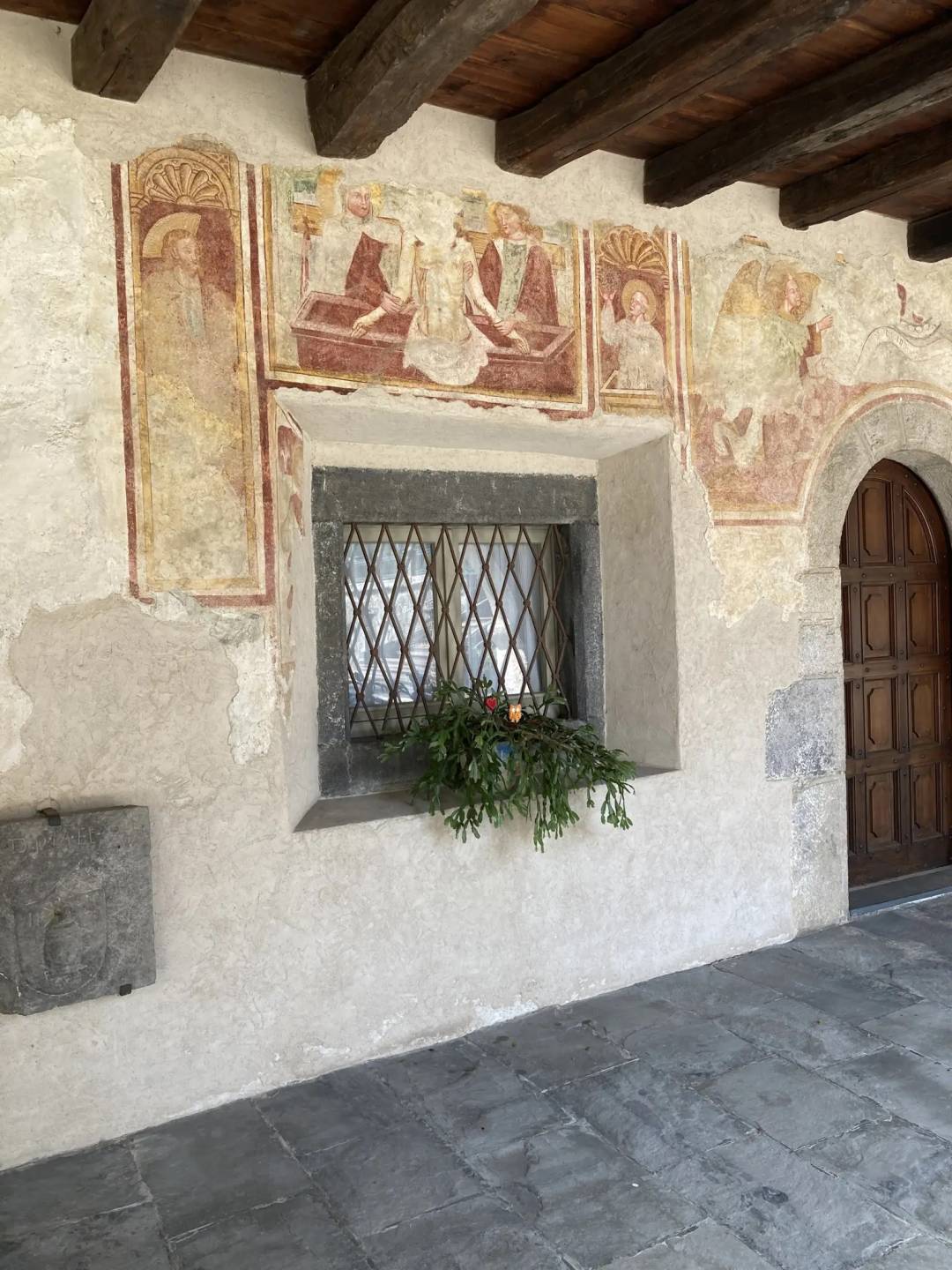
The 14th-century portico was part of the Oratorio dei Disciplini (Oratory of the Disciplines). The 15th-century building underwent various refurbishments over the centuries, with a number of additions in different periods. These included the rooms for the chaplain of the Misericordia on the west side and the parish priest’s house on the east side. The portico opens onto five arches, the first and last two of which are larger than the second and third, corresponding to the oldest part of the building. On the walls there are some valuable frescoes from the late 15th century.
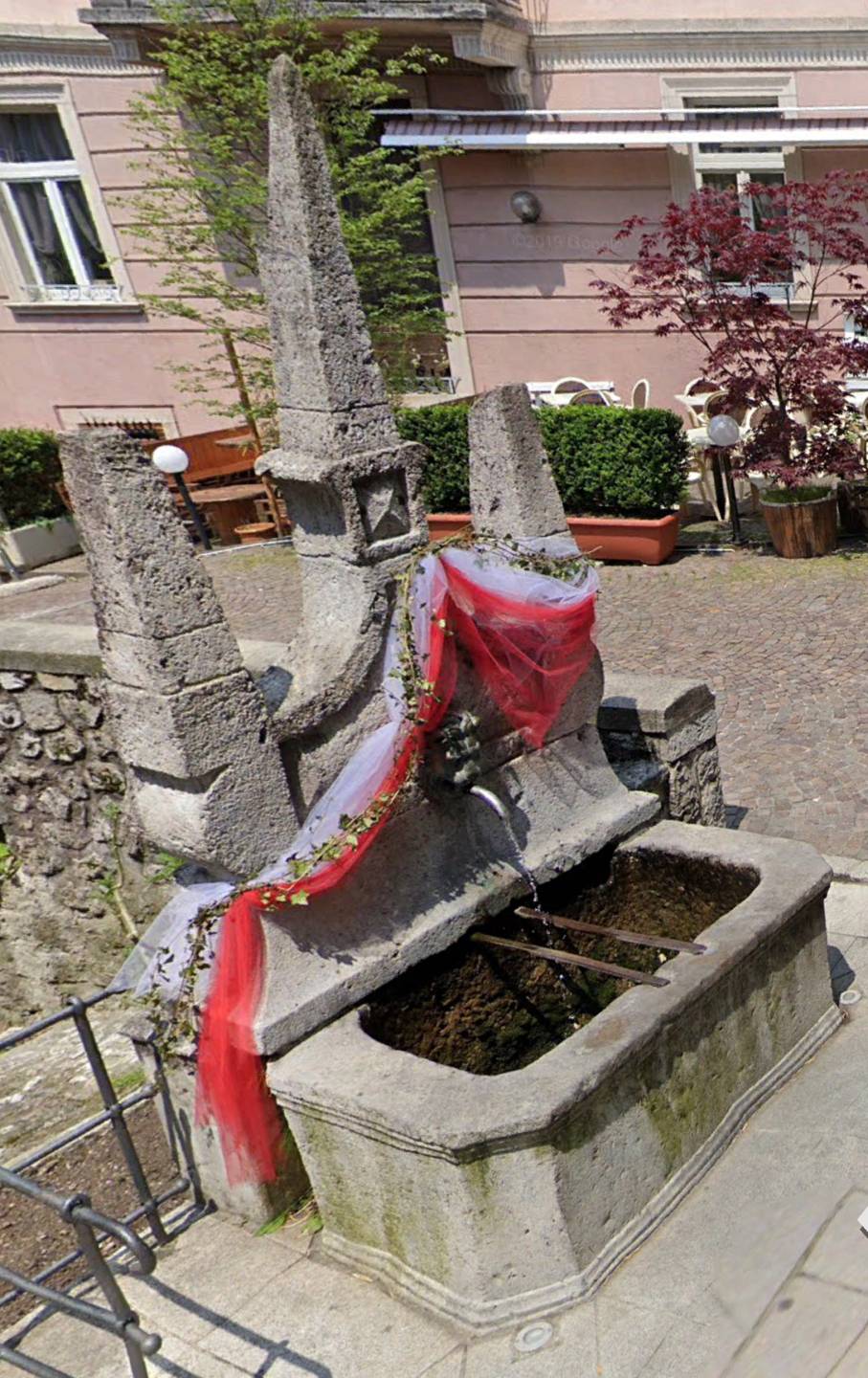
Located in the district Contrada Meza Ca’, alongside a 15th-century building with ironwork on the windows and a heavy stone structure, it dates back to the 17th-century, with three pinnacles carved in stone on the top.